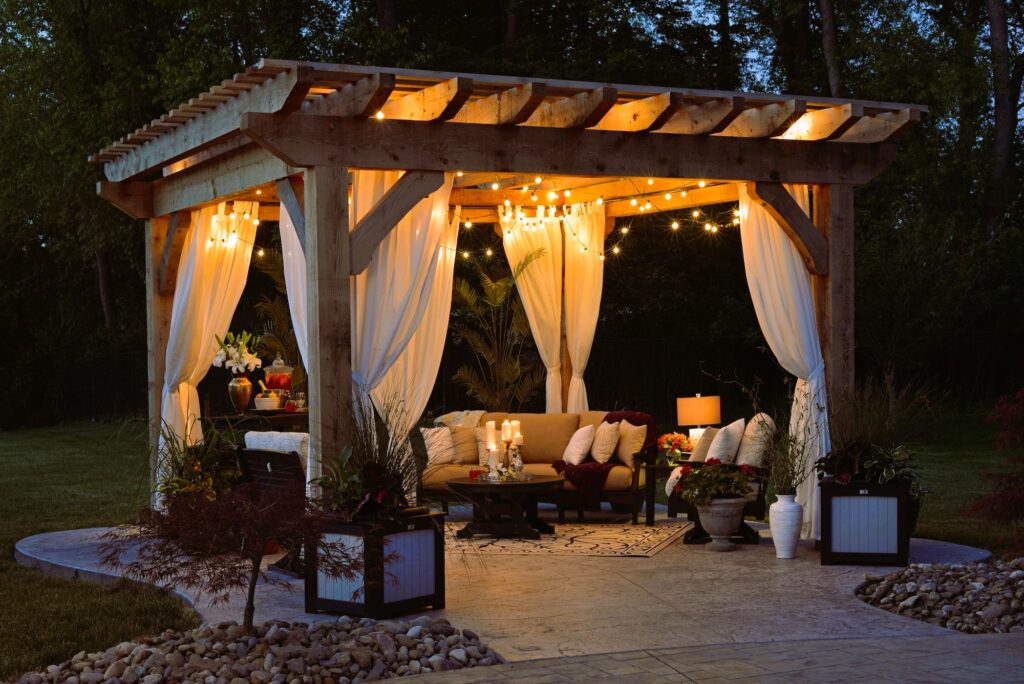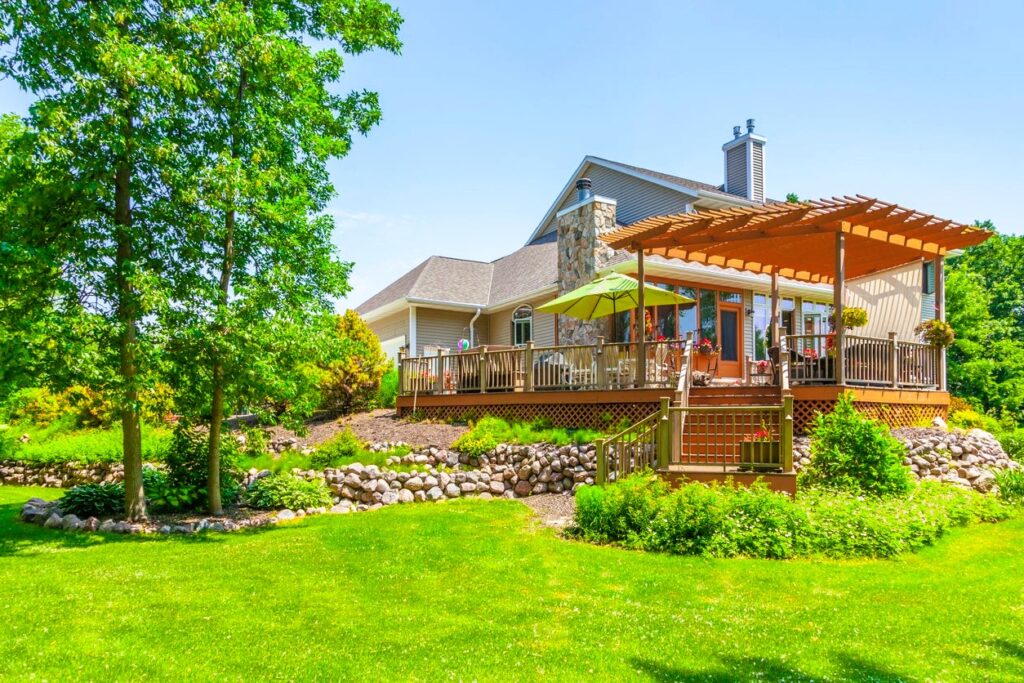Gardens are more than just a collection of plants; they are living canvases where art and nature converge. Creating a beautiful garden is a rewarding journey that allows you to express your creativity while connecting with the natural world. In this article, we’ll explore the art of garden design and how to transform your backyard into a serene oasis that reflects your style and enhances your outdoor living space.
1. Define Your Vision
The first step in garden design is to define your vision. What do you want to achieve with your garden? Are you looking for a peaceful retreat, a vibrant flower garden, a place for entertaining, or a combination of these? Having a clear vision will guide your design choices.
2. Consider Your Space
Assess the space you have available for your garden. Take note of the size, shape, and existing elements like trees, shrubs, and hardscape features. Understanding your space’s unique characteristics will help you make informed design decisions.
3. Plan Your Layout

A well-thought-out layout is essential for a functional and visually appealing garden. Consider the following elements in your garden design:
- Pathways: Define paths and walkways that guide visitors through your garden. These can be made of materials like gravel, stone, or wood.
- Seating Areas: Create comfortable seating areas where you can relax and enjoy your garden. Options include benches, chairs, or even built-in stone seating.
- Planting Beds: Choose the locations for flower beds, shrubbery, and trees. Group plants with similar water and sunlight needs together.
- Focal Points: Incorporate focal points like sculptures, water features, or a beautifully landscaped tree to draw the eye and create visual interest.
4. Select Your Plants
Plants are the stars of your garden, so choose them carefully. Consider factors like climate, soil type, and maintenance requirements when selecting plants. Native plants are often a good choice as they are adapted to local conditions and support local wildlife. Balcony gardens and verandas in Canada, more details in our article.
5. Create Layers and Textures
Achieve depth and visual interest by incorporating layers and textures into your garden. Use plants of varying heights and shapes to create depth, and mix textures like smooth leaves, rough bark, and delicate flowers to add dimension.
6. Pay Attention to Color
Color is a powerful tool in garden design. Consider the color palette you want to work with, whether it’s a harmonious blend of soft pastels or a vibrant mix of bold hues. Experiment with seasonal blooms to create evolving displays of color throughout the year.
7. Enhance with Hardscaping
Hardscaping elements like patios, decks, and pathways can add structure and functionality to your garden. Choose materials that complement your garden’s style, whether it’s rustic stone, elegant brick, or contemporary concrete.
8. Sustainable Practices
Consider eco-friendly gardening practices, such as mulching to retain moisture, using rain barrels for irrigation, and planting native species to support local wildlife. Sustainable gardening not only benefits the environment but also creates a healthier garden.
9. Lighting for Ambiance

Don’t forget about garden lighting. Well-placed lights can extend the enjoyment of your garden into the evening hours and create a magical ambiance. Consider path lights, spotlights on focal points, and string lights for a cozy atmosphere.
10. Maintain Your Garden
Regular maintenance is crucial to keep your garden looking its best. Prune plants as needed, remove weeds, and provide appropriate care to ensure your garden thrives.
Resources for Garden Design Standards
To ensure that your garden design meets local standards and regulations in Canada, you can refer to resources such as Wikipedia. These sources can provide information on any specific standards or requirements related to garden design in Canada.
In conclusion, the art of garden design is a delightful endeavor that allows you to create a personalized outdoor oasis. By carefully planning your layout, selecting the right plants, and considering sustainability, you can transform your backyard into a haven of natural beauty and tranquility that you, your family, and your guests can enjoy for years to come.
